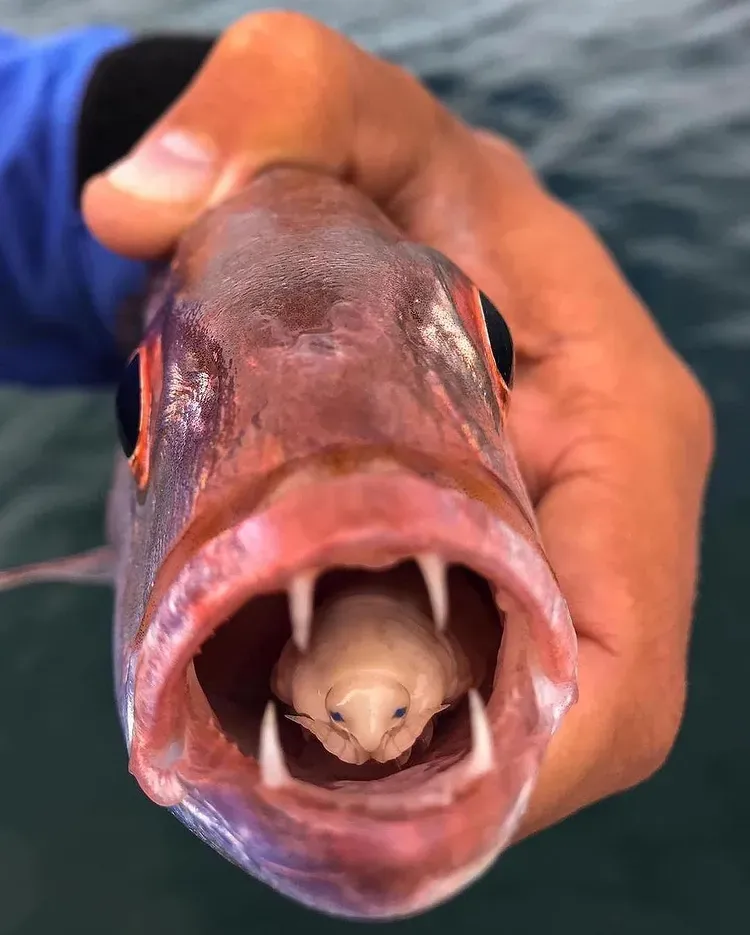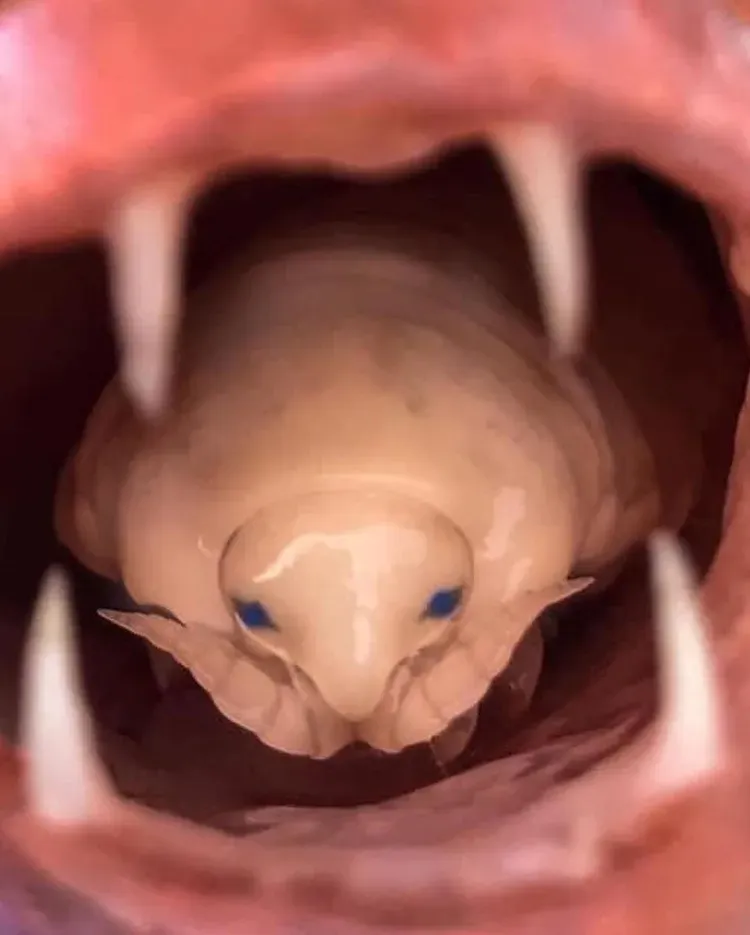Prehistoric parasites stealing a fish’s tongue and taking its place 🐟👅


Photos by @ocean_ecstasea
One of the most interesting crustacea we find along the South African coastline has to be the Tongue-eating louse (Cymothoa spingbok), a newly descibed South African species by Prof Nico Smit and his team.
On a fishing trip I was lucky enough photograph this massive female in the mouth of a carpenter (Argyrozona argyrozona), off Struisbaai. Later I learned that this is the first photo documentation of this species in a hosts mouth. They are a species of isopod and all are born male. Free drifting in the ocean they find a host fish and enter through its gills. The males attach themselves to the gill arches, until one is old enough to change sex to female. Thereafter it moves onto the host fishes tongue where it bites on and stops the blood circultion, causing the hosts tongue to disintergrate. The louse then replaces the function of the hosts tongue and survives off the nutrient rich blood and mucous supplied to the hosts tongue. This form of symbiosis is closer to commensalism but unfortunitly the fish does loose blood to the louse so it’s technically parasitism. Besides the insignificant blood loss, there is no other harm caused and the louse should not be removed from the fishes tongue.
The louse dies when the fish dies, so there is no evolutionary advantage of this louse starving his host of food or blood. So for both species to complete their lifecycles a healthy relationship is maintained.